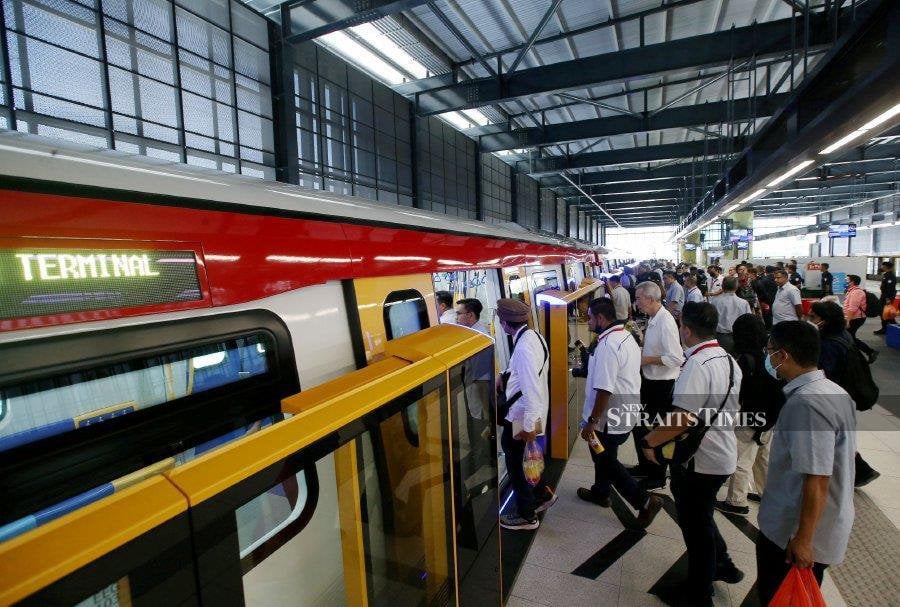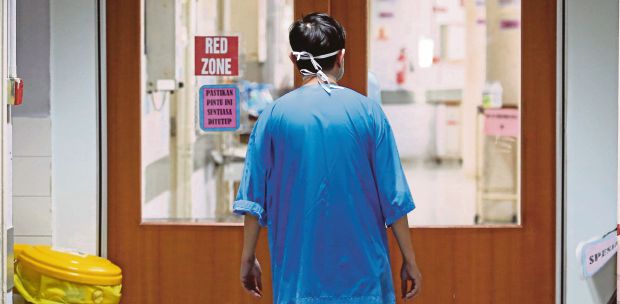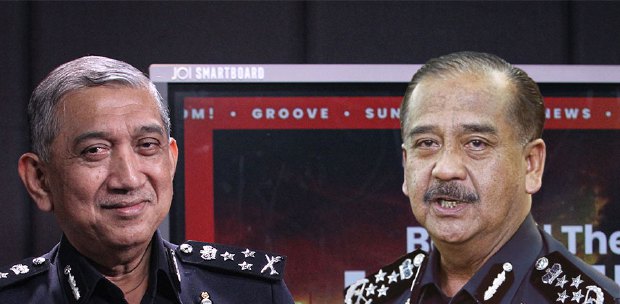THE Auditor General's Report 2/2024 is quite rightly drawing national attention. From cover to cover, it is a bank of issues. Well almost. Consider the findings on the Mass Rapid Transit Corporation Sdn Bhd (MRT Corp).
But do not go away thinking that the issue there is one of mismanagement. This has been ruled out in no uncertain terms by Transport Minister Anthony Loke on Wednesday at a press conference at the Parliament building.
But are there other issues with MRT1 and MRT2 that draw the attention of transport experts? Yes, says transport expert Rosli Khan.
One such issue is the role of any major public transport mode.
To Rosli, MRT1 and MRT2 set out to meet two objectives: increase public transport usage and reduce acute traffic congestion in the Klang Valley. Neither has been met, he says.
Rosli offers a reason. Wrong place. MRT1, for example, serves high-end residential areas, such as Taman Tun Dr Ismail (TTDI), Bandar Utama, Damansara Heights, et al, where two or three cars in the driveway is a common sight.
They are not going to hang up the car keys to jump onto the train because it is there.
As Rosli points out, the residents of TTDI and nearby areas were against the MRT1 station being built there in the first place.
Perhaps the project planners thought that Malaysians, like European chief executives and ministers and the like, will give up their cars for trains.
Instead, Malaysians want to keep their cars — one for me, one for my wife and one for my child — and are demanding for more roads. And they are getting them. So half-empty trains and bumper-to-bumper traffic are a developing story.
Rosli also points out MRT Corp's missed market in Universiti Malaya, where more than 30,000 students come and go every day.
We are not even including thousands more from nearby colleges. MRT Corp may have had its reasons to bypass Universiti Malaya (an LRT station is some exhaustive walk away), but to the transport expert, the failure to recognise the need of a community is downright negligent.
Harsh view, but hard to argue away, especially when those who don't need trains get them and those who do don't. Did MRT Corp get something wrong?
Rosli thinks MRT Corp may have got its passenger demand forecasts for MRT1 and MRT2 way off. High forecast means over-design which in turn leads to excessively expensive projects.
To Rosli, there are at least two factors contributing to this. First is a mismatch between land use and station development. This is like getting three things wrong: location, location, location.
Successful transit systems, says Rosli, typically have stations surrounded by high-density residential and commercial areas to feed on a steady flow of commuters.
Many MRT stations in the Klang Valley are located in areas dominated by highways, parking lots, industrial zones or low-density housing areas, limiting easy access to the MRT.
Second is the Klang Valley residents' strong car culture. And the extensive road networks only reinforce this inclination for car usage. Every car on the road is at the very least one missed MRT rider.
Public transportation companies like MRT Corp aren't without challenges. Policymakers can help, says Rosli, by integrating public transport with residential and commercial development.





